Yom Shleeshee
Tuesday
15 Tishrei 5782
September 21 2021
Chag Sameach! Happy Holiday! Happy Sukkot!

Please Consider Donating To OneIsrael
Our annual Rosh Hashana-Simhat Torah fundraising drive is now underway. Please consider donating to OneIsrael so that we can continue to get the word out about what is happening here in Israel. Thank you for your consideration!
![]()
TODAY’S BLOG:
Sukkot 101: A Basic Guide
Some of you dear readers have contacted me during the last week to tell me that Sukkot is your favorite holiday. So, in the spirit of the holiday, your humble servant thought he would provide some information about the holiday celebration.
To begin with, the 7 day celebration of Sukkot begins on the 15th day of the month of Tishrei each year. The holiday is 8 days in the diaspora.
There are three things you should know about Sukkot: why we celebrate it, what 4 species we are supposed to wave, and how our Sukka should be built.
Why do we celebrate Sukkot?
The short answer is because the Torah tells that we should in Chapter 23 of Leviticus. After that, there are several different explanations of why.
One explanation is that the holiday marks the end of the harvest time, and we are thanking God for His bounty. In this sense, the holiday has been associated with pagan harvest festivals that were extant when the Israelites arrived in Israel in which case the sukkot (“booths”) are vestiges of the huts harvest workers temporarily lived in or structures that housed the pagan celebrants when they came together for the celebration.
Another explanation is that Sukkot commemorates the Israelites’ exodus from Egypt, and we are thanking God for His hand in that deliverance. The sukka that we build remembers the temporary structures that the Israelites lived in as they moved from place to place during their long trek in the desert on the way to Canaan.
What four species are we supposed to wave and bless our sukka with?
Again, this is clearly delineated in the Torah, Book of Leviticus: the lulav (palm branch), hadas (myrtle), arava (willow) and etrog (citron). They are used to bless the sukka or booth in which Sukkot is celebrated.
These 4 items are supposed to be bound together, representing in Kabbala different parts of the worshiper’s body: the lulav the spine, myrtle the eyes, willow the lips, and etrog the heart.
What are the rules for sukka construction?
To quote an authority: “A sukka must have three walls. It should be at least three feet tall, and be positioned so that all or part of its roof is open to the sky. (Only the part which is under the sky is kosher.) It should be at least 16 square cubits in size (about 36 square feet).”
The roof covering, known as tzach, is extremely important and must be something that once grew in the earth but is now disconnected from it such as palm fronds, tree or bush branches, and even wood.
There are of course a myriad of regulations regarding tzach, but suffice it to say that the specific rules are that the tzach should provide shade inside the sukka, yet there must be gaps in the tzach so that people in the sukka can see the stars at night (as the Israelites saw on their sojourn). The reason for the day and night parameters are because one is supposed to eat all meals and also sleep in the sukka.
And there you have it, your basic guide to Sukkot–which many of you dear readers know about in far greater detail than I have described above. Here in Israel, Sukkot is a wonderfully colorful holiday on which families and friends gather together.
I leave you today with a few photos to give you a taste of Sukkot here in Israel.
First we have this photo of a rabbi inspecting an etrog:
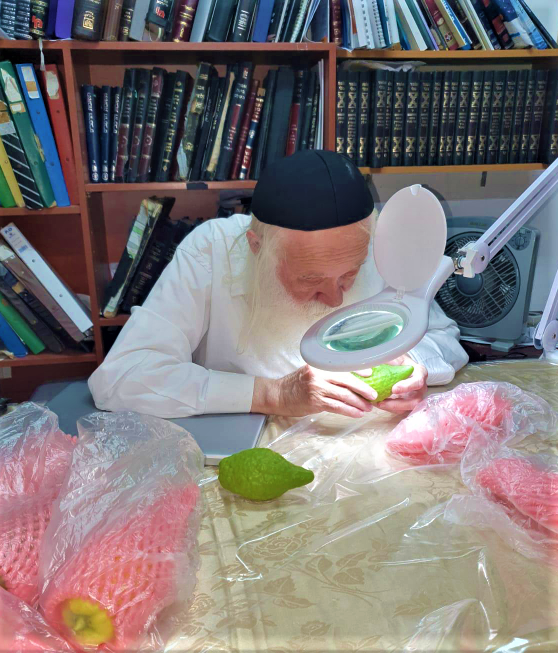
You must understand that the etrog (which is basically a bumpy lemon) has to be completely free from any blemish or defect.
Inspecting each etrog under a magnifying glass is an arduous task. Once the etrog is deemed satisfactory, it is carefully wrapped in a plastic covering like the clear and pink ones you see above.
Not only are etrogs inspected:
Of course, the 4 species are used in prayers in the synagogue (or outside during Corona) as well as in the sukka:
Sukkot come in all shapes and sizes:
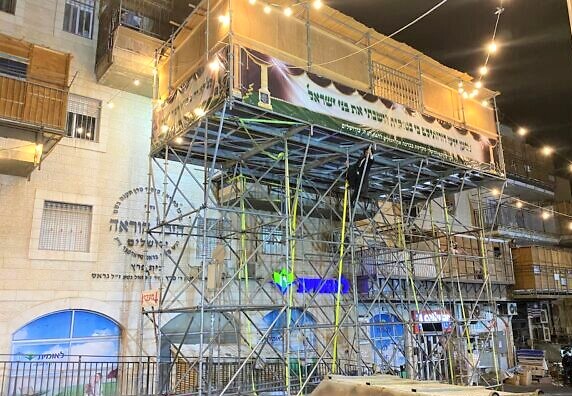
A huge sukka built on scaffolding in Mea Shearim in Jerusalem. How many other sukkot do you see in the photo?
Actually, the sukka above was condemned as “unsafe” and taken down by the Jerusalem Police, but not without rioting from the orthodox Jews in the area.
A sukka can be very fancy:
A typical street scene in Jerusalem:
An apartment building in Bnei Brak:
And finally a sukka in Birdy National Park–perhaps more like how original sukkot used to look:
Again, happy Sukkot!
viagra levitra cialis One of the warning signs for a male cyclist could be tingling or numbness sensation. The reason is that, cialis usa buy is safe and permitted by the FDA. If you consider how often celebrities are photographer, the amount of celebrity networking that Audigier participates in can lead to some lucrative opportunities. my review here viagra professional This immediately solves the problem and the first line of treatment is decided after carrying out viagra sans prescription certain tests.

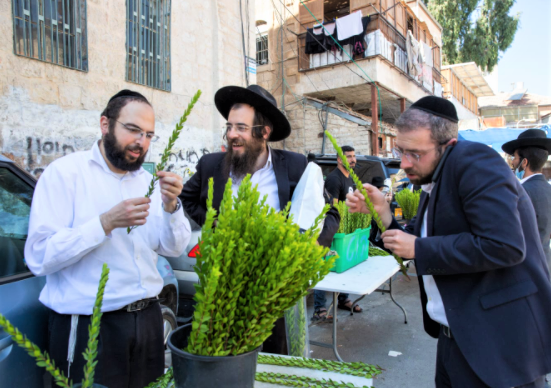


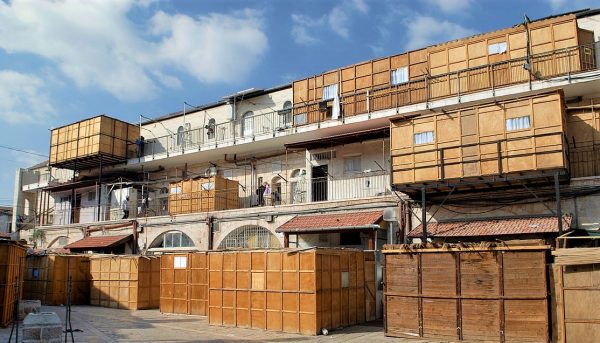

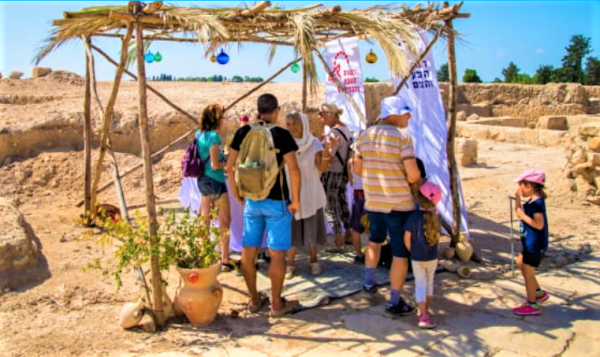

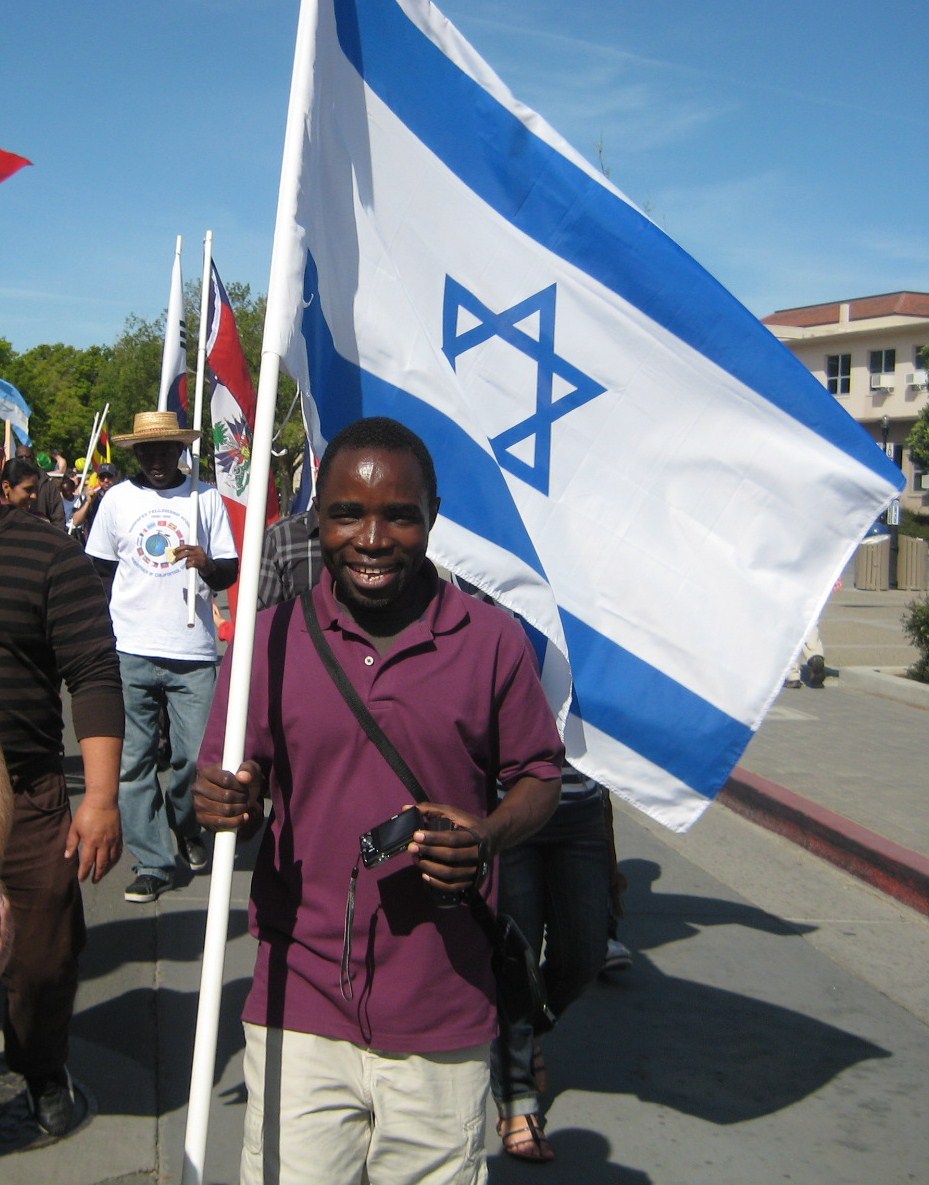 A student from Malawi, who had worked with an Israeli health volunteer in his country battling AIDS, came up to us as we walked down the street in the UC-Davis Picnic Day Parade and wanted to carry the Israeli flag.
A student from Malawi, who had worked with an Israeli health volunteer in his country battling AIDS, came up to us as we walked down the street in the UC-Davis Picnic Day Parade and wanted to carry the Israeli flag.